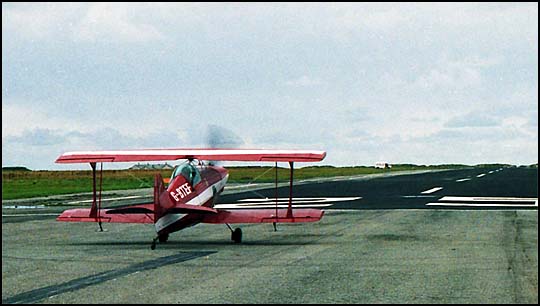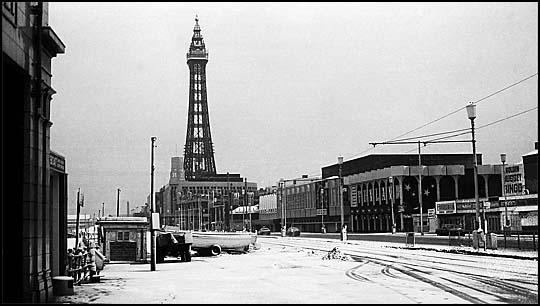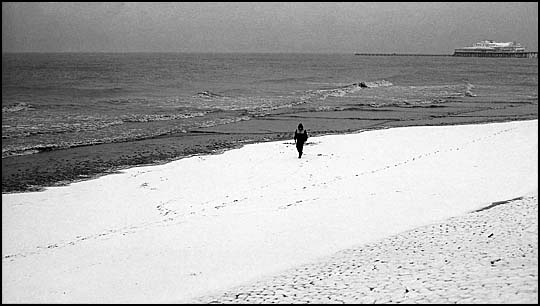It was possibly a full weekend event, but my records show that we visited Blackpool Airport on Sunday 13 September 1992 for that year's Steam and Transport Spectacular.

Whatever the truth (and someone might remember better than I) we found the airport field full of old cars, lorries, traction engines and steam rollers and the odd one or two steam fairground organs. I had the pleasure of driving one of these old Bentleys for a while as a young lad, working in a photographic studio in Oldham. It sucked in petrol at an alarming rate...

Even more personal to me was this Mark III Ford Zephyr 4 as I had one of these cars myself way back in the 1970s. This car pre-dates the number plate year identifier which places it as dating from before February 1962, but mine was a C reg, so it was a 1965 model. A lovely car with full bench seat in the front and gear lever on the steering column.

The apparent favourite of most people who remember the Zephyr/Zodiac models was the Mark II of which this is the Zodiac and a convertible open-top as a bonus.

Blackpool Airport at this time was not as fully developed as it was to become and there was plenty of land available for events like these. Health and safety wasn't quite as stringent as modern times either. It has gotten ridiculous now due to the willingness of people to sue for damages for any incidents which are really their own fault and the bewildering way judges are reluctant to say "Well you shouldn't have been so stupid...". Here I am standing behind the barriers (a length of red and white striped tape) at the end of the runway to take this photo of a Pitts Special stunt biplane taking off to give a show.

One of the strips of tarmac was occupied by steam traction engines. The forerunners of petrol or diesel-fuelled machinery tractors they were, even within my memory, once a regular sight working as road rollers although by the 1950s the much lighter diesel-powered tractors had taken over most duties on farmland. The showmen's engines worked generators to power fairground rides and lighting.

In addition to the full-sized machines was a collection of working scale models. Mostly, if not all, built from scratch they must have represented hours of painstaking work by enthusiasts.

The showmen's engines were usually covered with a roof which not only protected the driver but the generator that was mounted in front and above of the boiler. Water and electricity not generally being the safest of combinations, this was a safety feature rather than an acknowledgement that farmers were a hardier breed, not minding the weather!

A feature of any steam engine is smoke. Generally of the thick, black and choking sort. Showmen's engines, usually parked next to the ride they were powering had tall chimneys that carried the smoke upwards rather than release it just over people's heads. These chimneys were detached and stored horizontally on the roof when the engines were not in use at the fairground.

I used to take a small cassette recorder with me to some of these events to capture "atmosphere", the sound of engines and background noise and announcements from Tannoy systems etc. I still have a couple of tapes somewhere with music from these wonderful old fairground and street organs. I ought to look them out and see if they will still play and if so get them digitised onto the computer. One day...

A row of classic lorries. So many of them were open-sided. Just a flat deck on which goods were stacked, I remember being bowled over once in my teens by a coalman's lorry, being hit on the back of the shoulder by a bag of coal that was sticking out a bit too far and caught me as I was walking over a narrow hump-back bridge where the pavement had petered out. I suppose the lorry should have waited until I was across - I was facing away from it and already more than halfway along the bridge before the wagon came up behind me. I was lucky not to end up with my legs under the lorry's back wheel. He didn't stop of course...

Bringing this article to a close is this photo of a beautiful luxury Pullman motor coach. Complete with curtains, tables and shaded lamps, this 1934 coach would have been the pinnacle of coach travel of its time.
Return to the Blackpool Attractions Index Page.
















